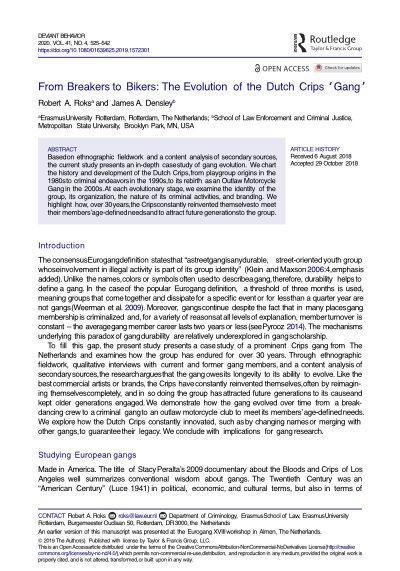By HM Inspectorate of Probation (UK)
The impact of domestic abuse is significant and far-reaching. An estimated 2.4 million adults were victims of domestic abuse across England and Wales last year, and one in seven children live with domestic abuse at some point in their childhood. Women are disproportionately affected by domestic abuse, with an estimated 1.7 million female victims last year. Those responsible for this abuse account for a very significant part of the Probation Service caseload, with approximately 30 percent of people on probation identified as current or previous perpetrators of domestic abuse. When we last inspected this topic in 2018, we reported that too many individuals were drifting through their sentences without being challenged or supported to change their abusive behaviours. Very concerningly, despite some positive developments in policy, little appears to have improved in practice, and in some respects, things have deteriorated. Only 28 per cent of the cases we inspected for this review had a sufficient assessment which analysed the risks of further domestic abuse, and only 23 per cent had been reviewed adequately to consider significant changes in the case. This is unacceptable and is leaving far too many potential victims at risk. People on probation can be offered a range of interventions aimed at helping them make positive changes in their lives and equipping them to have safe and healthy relationships. However, too few people gain access to these interventions; 45 percent of our case sample should have had access to an intervention but had not. In addition, there is insufficient monitoring of referral, take-up, and completion rates for interventions at a national level to understand the overall picture. It is unacceptable that requirements to undertake a domestic abuse perpetrator programme made as part of sentencing are not delivered, yet this happens in many cases. Staffing shortages in the Probation Service have led to reductions in expectations around minimum levels of contact with people on probation, partnership working, and the delivery of interventions. In domestic abuse cases, this has led to worrying deficits in the standard of sentence management. Probation staff demonstrate high levels of commitment to their work, often working well over their expected hours, but high caseloads often prohibit them from being able to complete meaningful work. In addition, recent changes in legislation through the Domestic Abuse Act 2021, such as the recognition of children affected by domestic abuse as victims in their own right, have not been incorporated into probation practice. More needs to be done to ensure that there is a shared understanding of roles and responsibilities among agencies working with domestic abuse, and that information is shared to safeguard victims
Manchester, UK: HM Inspectorate of Probation, 2023. 61p.




















